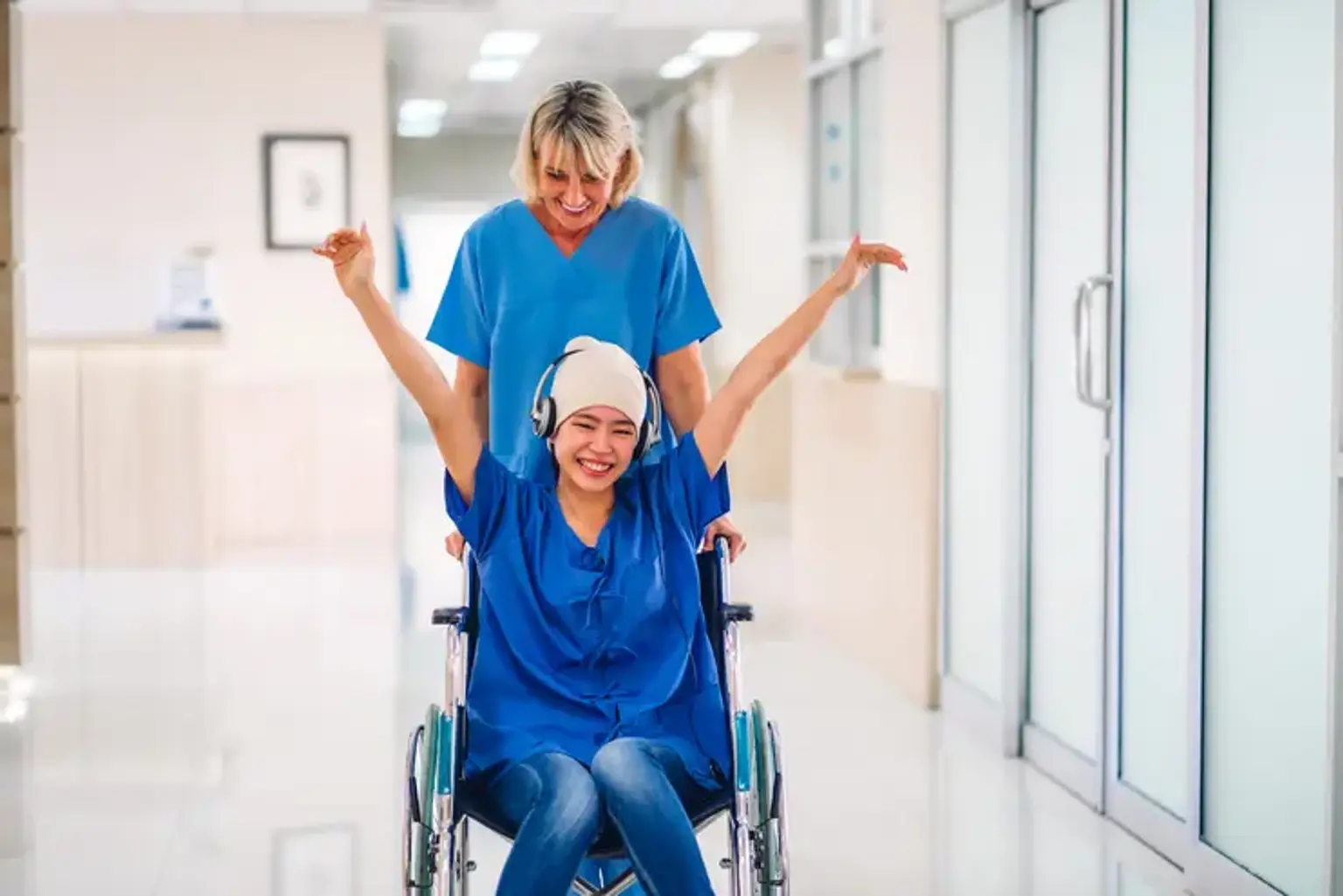Rehabilitation (one bed in a double room)
What is Rehabilitation?
The National Association of Insurance Commissioners defines rehabilitation as health care treatments that assist a person in retaining, regaining, or improving abilities and functioning for daily living that have been lost or compromised as a result of illness, injury, or disability.
Rehabilitation is the process of assisting an individual in achieving the best potential degree of function, independence, and quality of life. Rehabilitation does not cure or reverse the damage caused by sickness or trauma, but rather assists in returning the individual to optimal health, functionality, and well-being.
Teams of highly trained and experienced rehabilitation specialists, including rehabilitation doctors, nurses, physical therapists, speech hearing and language pathologists, occupational therapists, recreational, and cognitive therapists, provide rehabilitation services.
